Written by Eric Lumley
Across Idaho’s six districts, a dedicated group of trainers is shaping the future of ITD, one operator at a time. From safety-focused instruction to hands-on mentorship, Jeremy Jensen (D5), John Eastwood (D1), and Dallas Dupree (D6/D3) are the faces behind the Workforce Development Equipment Training program, and they are making a measurable difference in how ITD trains, operates, and grows.
John Eastwood, a Training Specialist in District 1, brings a calm, steady presence to the training field, an approach that resonates deeply with both new and experienced operators. With 3.5 years at ITD and prior experience as a Transportation Technician Operations (TTO), John has a quiet confidence that earns immediate respect. While soft spoken, he has no hesitation getting into the equipment himself to demonstrate what it’s truly capable of safely and effectively.
John’s training style reflects his personality… measured, respectful, and grounded in real-world experience. His hands-on approach gives employees a clear picture of how the work should be done showing, not just telling, what excellence looks like. Whether he’s walking a crew through proper technique or demonstrating the limits of a piece of machinery, his confidence and skill set a powerful example for the TTOs he trains.
He’s known for valuing employees’ time, delivering sessions that are efficient, engaging, and directly relevant to the field. His influence not only raises the competency of equipment operators but also helps instill a mindset of responsibility, care, and professionalism that carries through to every project. John isn’t just training employees; he’s shaping role models for the next generation of ITD field crews.
Jeremy Jensen, the Training Specialist in District 5, is the driving force behind many of the advancements in ITD’s equipment training program. With just over five years at ITD and a background as a TTO, Jeremy has grown into the role of veteran trainer on the equipment side, bringing intensity, high standards, and an unwavering commitment to the program.
Jeremy is unapologetically passionate. He’s not afraid to challenge the status quo and will create waves when needed to push improvements forward. That grit and determination come from a place of genuine care, not just for the training program itself, but for the people going through it. He wants every operator to leave his class not only more skilled but also more confident and ready to succeed in the field.
What makes Jeremy especially effective is his ability to read the room. He adjusts his instruction based on the experience level of the group, tailoring tasks and challenges that push each student to grow. As time allows, he ramps up the difficulty, giving operators a deeper level of hands-on exposure than they often expect. By the end of his trainings, it’s not uncommon to see students who’ve significantly expanded their capabilities through sheer repetition and progressive learning.
While Jeremy and John may seem like opposites in style, they complement each other in all the right ways forming a team that is not only effective but essential in creating well-rounded, impactful trainings. Where John offers calm and steady leadership, Jeremy brings boldness and drive. Together, they strike a perfect balance that sets the gold standard for equipment training across ITD.
Joining this powerhouse duo is Dallas Dupree, a Training Associate from District 6 who is currently supporting operations in District 3. With nearly 14 years of experience at ITD, Dallas brings a strong history of contributing to training efforts during his time as a TTO. Known for his mature demeanor and deep knowledge of ITD operations, he has effectively stepped in to lead numerous training sessions in District 6, consistently delivering reliable, high-quality instruction whenever and wherever needed. His steady presence, wealth of experience, and institutional knowledge make him an invaluable asset to the team and an excellent addition to the Workforce Development program.
Together, this trio represents a critical piece of ITD’s mission to deliver safe, efficient transportation services throughout the state. Their influence reaches all six districts and touches nearly every project ITD is involved in improving operator skill, promoting equipment longevity, and enhancing workplace safety.
As ITD continues to grow and adapt, the Workforce Development Equipment Training Team will be leading the charge — empowering employees, strengthening operations, and helping build a better Idaho.


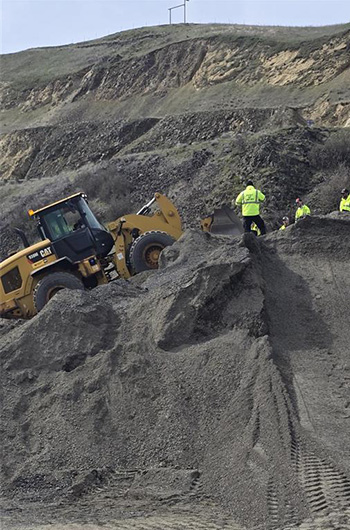
This is not an exhaustive list, but trainings include:
- Loader
- Dump truck
- Dozer
- Snowplow
- Backhoe
- Excavator (mini and full size)
- Trench safety
- Motor grader
- Rotary snowplow
- Street sweeper
- Forklift
- Rough-terrain type
- Counter-balance type
- Other types
- Advanced motor grader
- Vegetation sprayer
- Striping trucks
- Service truck with crane
- Chainsaw
- Load securement
- CDL certification
- Defensive driving
- Pavers
- Flagging/traffic control operations
…and pretty much any new equipment training! (new models, new features from the industry, handling/ergonomics, controls, etc.)

Jeremy Jensen

John Eastwood
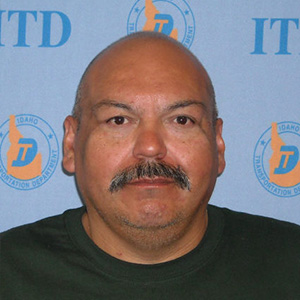
Dallas Dupree













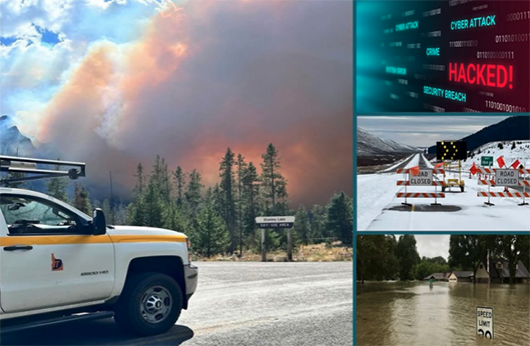


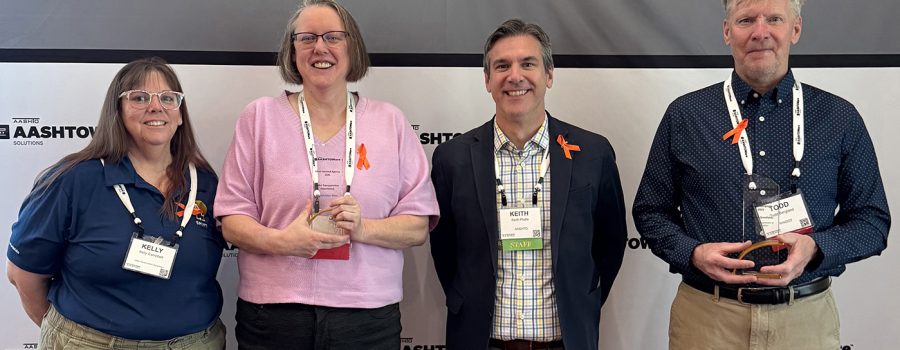

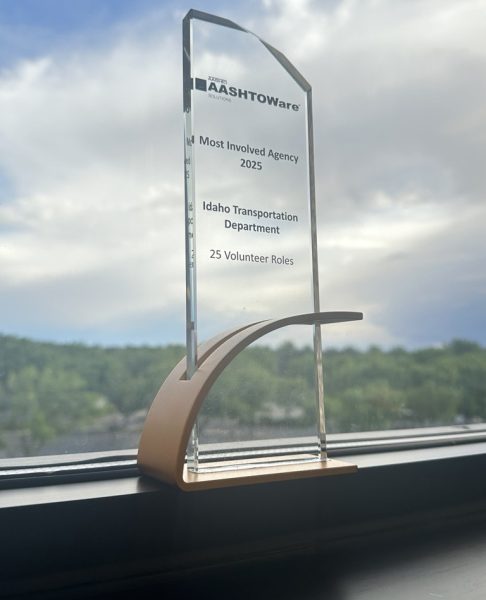


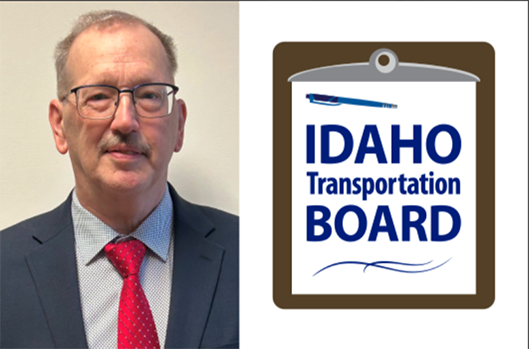
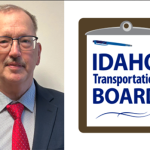
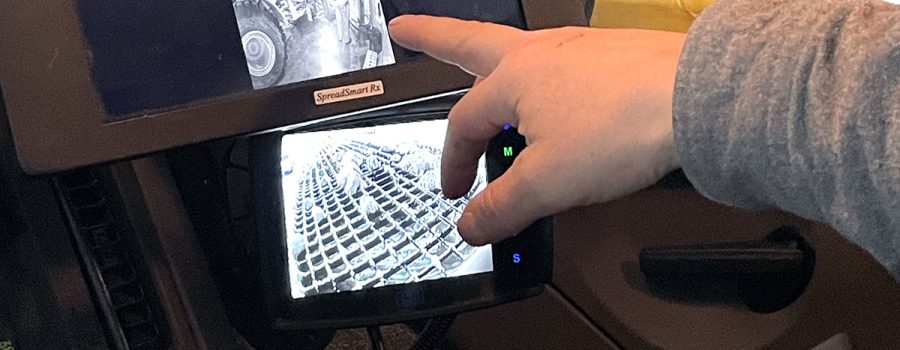
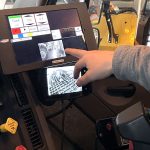
 In a move to bridge gaps, simplify processes, and improve efficiency, Mike Copeland from ITD’s Construction & Materials division has introduced an innovative AI chatbot to help employees navigate the complex web of manuals and resources. With approximately 17 years of field experience throughout his career, Mike knows firsthand how challenging it can be to find clear, quick answers in a sea of technical documents.
In a move to bridge gaps, simplify processes, and improve efficiency, Mike Copeland from ITD’s Construction & Materials division has introduced an innovative AI chatbot to help employees navigate the complex web of manuals and resources. With approximately 17 years of field experience throughout his career, Mike knows firsthand how challenging it can be to find clear, quick answers in a sea of technical documents.


